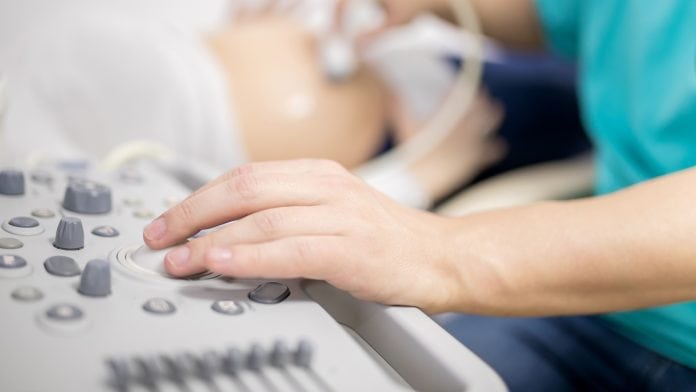
According to the American Journal of Pathology, infants are more likely to have sepsis after birth due to womb inflammation.
A new report highlights the link between prenatal inflammation and postnatal immune status and organ function, suggesting that early intervention, such as administering antibiotics or anti-inflammatory drugs, may be warranted for mothers experiencing womb inflammation therefore reducing the likelihood of the occurrence of sepsis after birth.
High risk complications
Every year 15 million infants are born preterm and face a high risk of short and long-term chronic diseases such as sepsis, severe inflammation of the gut, and neurodevelopmental disorders.
Short-term prenatal endotoxin exposure causes intra-amniotic inflammation, which firstly leads to acute fetal lung and gut immune responses, followed by systemic inflammation after birth.
Lead investigator Per T. Sangild, DVSc, DMSc, PhD, of Department of Veterinary and Animal Sciences, University of Copenhagen, Denmark explains: “Our study may urge clinicians to be more aware of the population of preterm infants with chorioamnionitis (inflammation of the foetal membrane) as they have higher risks of systemic inflammation and neonatal sepsis.”
“The data imply the importance of the integrity of barriers between epithelial tissues (e.g., gut, lungs, and skin) and the circulation.
“Those barriers are more fragile in preterm neonates, and they can facilitate translocation of bacteria and inflammatory molecules, leading to systemic inflammation and internal organ disorders.”
Details of the study
To induce womb inflammation, the bacterial endotoxin lipopolysaccharide (LPS) was injected into the amniotic sacs of prenatal pigs. LPS and control groups were analysed at birth, three days after birth, and five days after birth.
At birth, prenatal LPS induced mild histologic chorioamnionitis and strong foetal lung and gut innate immune responses with elevated inflammatory cytokines and neutrophil/macrophage infiltration.
Five days later, the gut and lung inflammation subsided; however, the pigs exposed to LPS prenatally gradually developed systemic inflammation, with high levels of blood leukocyte subsets (eg, neutrophils, lymphocytes) and plasma cytokines, like symptoms found in septic infants.
“These data suggest that the postnatal systemic effects of short-term prenatal LPS were indirectly initiated from the preceding local inflammation of epithelial tissues in the foetal period, and the effects were gradually amplified systemically during the first few days after preterm birth.” Concluded Sangild.
The results of this study highlight the importance of early diagnosis of prenatal inflammation to facilitate nutritional, medical, or pharmaceutical interventions that weaken the detrimental responses to womb inflammation. The problem remains that a pregnant woman with intra-amniotic inflammation may be asymptomatic and, therefore, being unaware she has an infection that could harm her baby.









